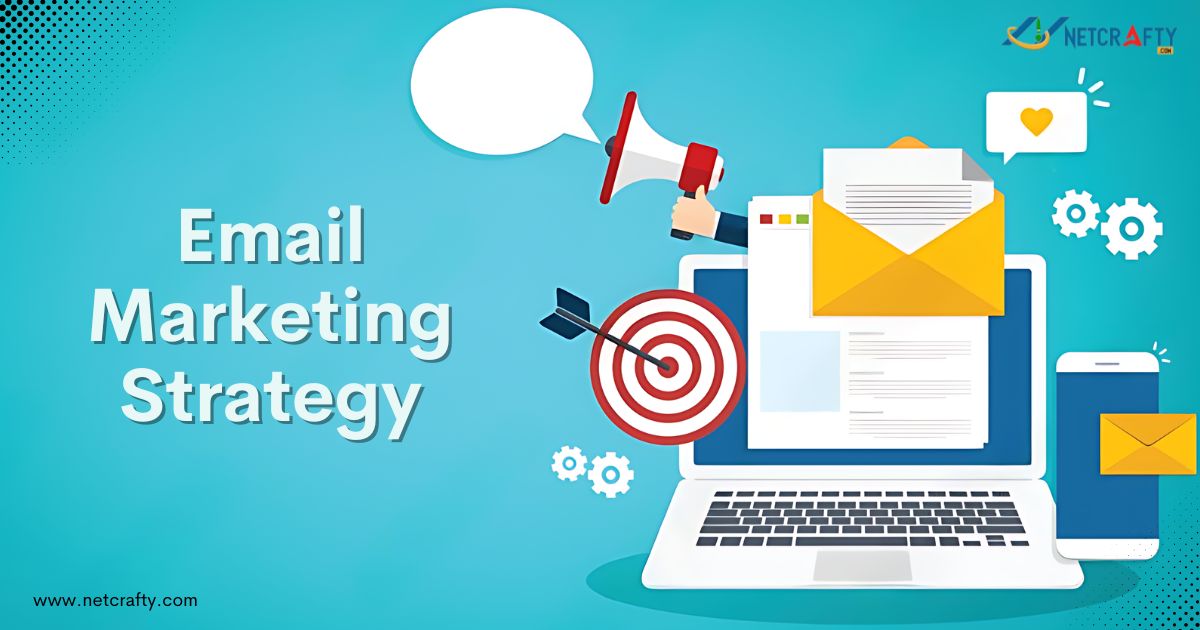It’s easy to get overwhelmed with the vast possibilities of email marketing. Email marketing strategy involves several vital steps to ensure your emails are effective, engaging, and deliver value to your subscribers. Here’s a comprehensive guide to help you develop a successful email marketing strategy:
Define your audience
To ascertain your goals for email marketing, whether a campaign or a one-off, start by understanding your audience.
This could include increasing sales, boosting engagement, growing your subscriber list, or improving brand awareness in marketing. To measure success, use specific metrics such as open rates, click-through rates, conversion rates, and return on investment (ROI).
As with anything else in marketing, begin with your buyer persona, find out what issues they face, and customize your email campaign to meet their needs.
Build your email list
People on an email list have granted you permission to deliver pertinent content. Potential customers can choose to receive your emails in a few different ways:
- Registration Forms: Collect email addresses and post signup forms on your blog, social media accounts, and website.
- Provide Rewards: To attract signups, offer incentives like discounts, free downloads, or access to unique content.
- Leverage Existing Contacts: Import your existing contacts and encourage them to join your email list.
Choose an email marketing platform

Every email marketing platform provides distinctive features to meet various business sizes and marketing campaign requirements:
- Active Campaign: One of ActiveCampaign’s best-known features is its robust email marketing automation features. These factors make it a desirable option for e-commerce companies and enterprises looking to grow through automation.
- ConvertKit: ConvertKit is the greatest email marketing tool for creators, including writers, podcasters, and artists. Authors can use the program to make money from their email lists by offering digital goods like items, courses, and e-books.
- Drip: The popular email marketing tool Drip was created with e-commerce companies in mind. Thanks to its multitude of integrations, Drip’s powerful targeting capabilities enable organizations to reach a diverse range of audience segments. Companies can use social media to re-engage audiences or directly target website visitors. Users can filter data points to customize marketing efforts more successfully.
Drip is integrated with over 150 financial, social networking, and e-commerce systems, including Facebook, PayPal, Shopify, WooCommerce, and Stripe. - Constant Contact: In addition to creating event invites, posting on social media, selling products via landing pages, and managing advertising campaigns, Constant Contact provides a comprehensive email marketing platform. The reporting dashboard and automation builder are two of Constant Contacts’ best features.
- Omnisend: Small and medium-sized enterprises are the target market for Omnisend, an email marketing platform emphasizing e-commerce. It integrates well with many emphasizing e-commerce and payment platforms, such as Shopify, Wix, WooCommerce, Big Commerce, and Stripe.
Omnisend offers many helpful features, including an e-commerce reporting dashboard, audience segmentation, automation processes, and a drag-and-drop email and form builder.
Make a schedule
Inform your audience upfront and decide how often you plan to contact your list. In addition, set a schedule and be consistent. This will build trust and ensure you stay at the top of your audience’s mind. This may result in lengthy lists of unsubscribers and land you in their spam.
Measure your results
We measure everything. Every key metric will help you make small email changes that yield significant results. Keep the exact KPIs to monitor and learn the procedures for developing an email marketing plan; we’ll examine the process of building your email list.

Leave a Reply